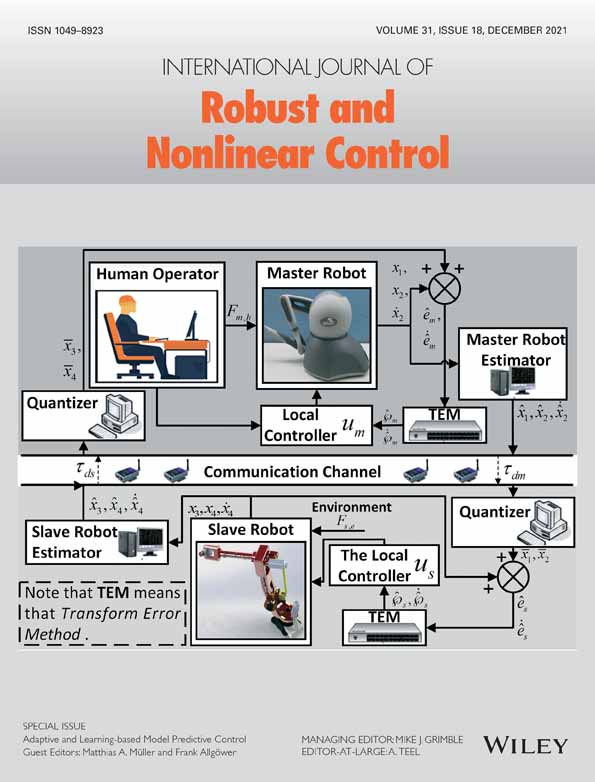Distributionally robust trade-off design of parity relation based fault detection systems
Funding information: National Natural Science Foundation of China, 61803163; 61733009; Shandong Key Laboratory of Big-data Driven Safety Control Technology for Complex Systems, SKDN202002; Taishan Scholar Project of Shandong Province
Abstract
The fault detection (FD) system design aims at optimizing the trade-off between false alarm rate (FAR) and fault detection rate (FDR) under stochastic disturbances or uncertainties. A challenging difficulty in practice is the inexact information of stochastic disturbance distribution, that is, the actual distribution deviates from the one used in the design. To address this challenge, a distributionally robust optimization (DRO) approach that accounts for the inexact distribution information is proposed for the parity relation based FD of stochastic discrete-time linear systems. It introduces moment-based and entropy-based ambiguity sets to describe the inexact disturbance distribution. Over such ambiguity sets, the FD system design for a scalar residual maximizes the worst-case FDR with respect to a reference fault mode, while ensuring a predefined worst-case FAR. To address the limitation of a scalar residual, the FD test of a vector residual is constructed with respect to a parameterized set of multiple fault modes. The resulting FD tests can be expressed in the same structure as the celebrated generalized likelihood ratio test (GLRT), while only the detection threshold is adjusted to compensate for distribution ambiguity. Moreover, the worst-case FDR in the presence of any given fault is evaluated by solving another DRO problem. Using a continuous stirred tank reactor example with inexact distribution information, it is demonstrated that the proposed designs achieve desirable performance trade-off and provide effective worst-case FDR evaluations, while the GLRT fails to ensure the predefined FAR.
CONFLICT OF INTEREST
The authors declare no potential conflict of interests.
Open Research
DATA AVAILABILITY STATEMENT
The data that support the findings of this study are available from the corresponding author upon reasonable request.



 fault detection observer design for polytopic spatially interconnected systems over finite frequency domain
fault detection observer design for polytopic spatially interconnected systems over finite frequency domain
